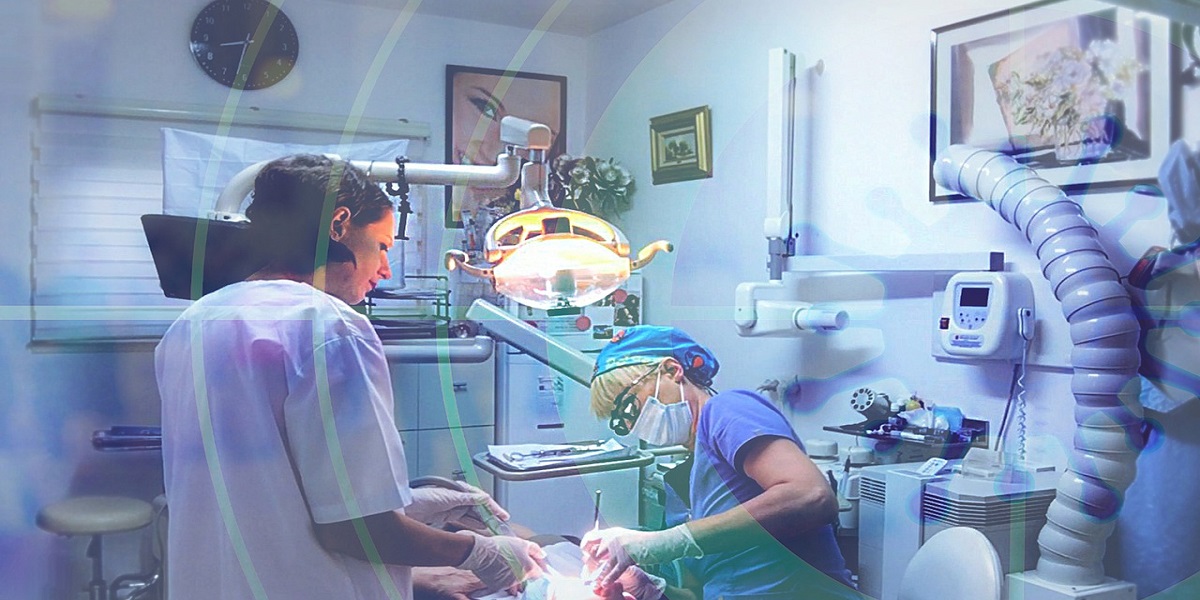Respiratory equipment plays a crucial role in the treatment and management of a wide range of respiratory conditions, from chronic obstructive pulmonary disease (COPD) to sleep apnea. These innovative devices are transforming patient care, allowing individuals with respiratory conditions to breathe more easily, sleep better, and enjoy a higher quality of life. In this comprehensive guide, we’ll explore the different types of respiratory equipment available, their uses, benefits, and the ways in which they are revolutionizing patient care.
Understanding Respiratory Conditions
Before delving into the role of respiratory equipment in patient care, it’s essential to understand the respiratory conditions these devices are designed to treat. Some of the most common respiratory conditions include:
- Chronic obstructive pulmonary disease (COPD): COPD is a chronic inflammatory lung disease that causes obstructed airflow from the lungs. It is typically caused by long-term exposure to irritating gases or particulate matter, most often from cigarette smoke.
- Sleep apnea: Sleep apnea is a sleep disorder characterized by pauses in breathing or shallow breaths during sleep. It can lead to daytime fatigue, high blood pressure, and an increased risk of heart disease and stroke.
- Asthma: Asthma is a chronic condition that affects the airways in the lungs, making it difficult to breathe. It is characterized by inflammation of the airways and can lead to symptoms such as wheezing, coughing, and shortness of breath.
Types of Respiratory Equipment
There are several different types of respiratory equipment available, each designed to treat specific respiratory conditions and improve patient outcomes. Some of the most common types of respiratory equipment include:
- Continuous Positive Airway Pressure (CPAP) Machines: CPAP machines are used to treat sleep apnea by delivering a continuous flow of air through a mask worn over the nose or mouth during sleep. This constant flow of air helps keep the airway open, preventing pauses in breathing and improving the quality of sleep.
- Bi-level Positive Airway Pressure (BiPAP) Machines: BiPAP machines are similar to CPAP machines but deliver two different levels of air pressure: a higher pressure when the individual inhales and a lower pressure when they exhale. This can be more comfortable for some individuals and may be recommended for those who have trouble tolerating standard CPAP therapy.
- Nebulizers: Nebulizers are devices that convert liquid medication into a fine mist that can be inhaled into the lungs. They are often used to deliver medications such as bronchodilators and corticosteroids to treat conditions such as asthma and COPD.
- Oxygen Therapy Equipment: Oxygen therapy equipment is used to deliver supplemental oxygen to individuals with respiratory conditions who have low levels of oxygen in their blood. This can help improve breathing, reduce shortness of breath, and increase energy levels.
- Ventilators: Ventilators are machines that help individuals breathe when they are unable to do so on their own. They are often used in intensive care units (ICUs) to treat patients with severe respiratory failure or other conditions that affect breathing.
Benefits of Respiratory Equipment
Respiratory equipment offers a wide range of benefits for individuals with respiratory conditions, including:
- Improved Breathing: By delivering supplemental oxygen or maintaining an open airway, respiratory equipment can help individuals with respiratory conditions breathe more easily and comfortably.
- Better Sleep: For individuals with sleep apnea, CPAP and BiPAP machines can help prevent pauses in breathing during sleep, leading to a more restful night’s sleep and reduced daytime fatigue.
- Reduced Symptoms: Nebulizers and other respiratory equipment can help reduce symptoms such as wheezing, coughing, and shortness of breath in individuals with conditions such as asthma and COPD.
- Increased Independence: By helping individuals breathe more easily, respiratory equipment can increase independence and improve quality of life.
- Reduced Hospitalizations: For individuals with severe respiratory conditions, respiratory equipment can help prevent exacerbations and reduce the need for hospitalizations and emergency room visits.
The Role of Telemedicine in Respiratory Care
With the rise of telemedicine, respiratory care has become more accessible and convenient than ever before. Many respiratory equipment manufacturers now offer telemedicine services, allowing patients to receive virtual consultations, monitor their condition remotely, and adjust their treatment plan as needed. This can help improve patient outcomes, reduce the need for in-person visits, and increase access to care for individuals in rural or underserved areas.
Challenges and Considerations
While respiratory equipment offers many benefits, there are also challenges and considerations that must be taken into account. Some of the most common challenges include:
- Cost: Respiratory equipment can be expensive, and not all insurance plans cover the full cost. This can make it difficult for some individuals to afford the equipment they need.
- Comfort: Some individuals may find respiratory equipment uncomfortable or difficult to use, particularly CPAP and BiPAP machines. It may take time to adjust to using these devices, and some individuals may require additional support and education to use them effectively.
- Maintenance: Respiratory equipment requires regular maintenance to ensure proper function and hygiene. This may include cleaning the equipment regularly, replacing filters and tubing, and ensuring that the equipment is functioning correctly.
- Compliance: In order for respiratory equipment to be effective, individuals must use it consistently and as prescribed by their healthcare provider. Non-compliance can reduce the effectiveness of treatment and lead to worsening symptoms and complications.
Conclusion
In conclusion, respiratory equipment plays a crucial role in the treatment and management of a wide range of respiratory conditions, from sleep apnea to COPD. By helping individuals breathe more easily, sleep better, and enjoy a higher quality of life, respiratory equipment is transforming patient care and improving outcomes for millions of people around the world. With the rise of telemedicine, respiratory care has become more accessible and convenient than ever before, paving the way for a future of personalized, patient-centered care.

